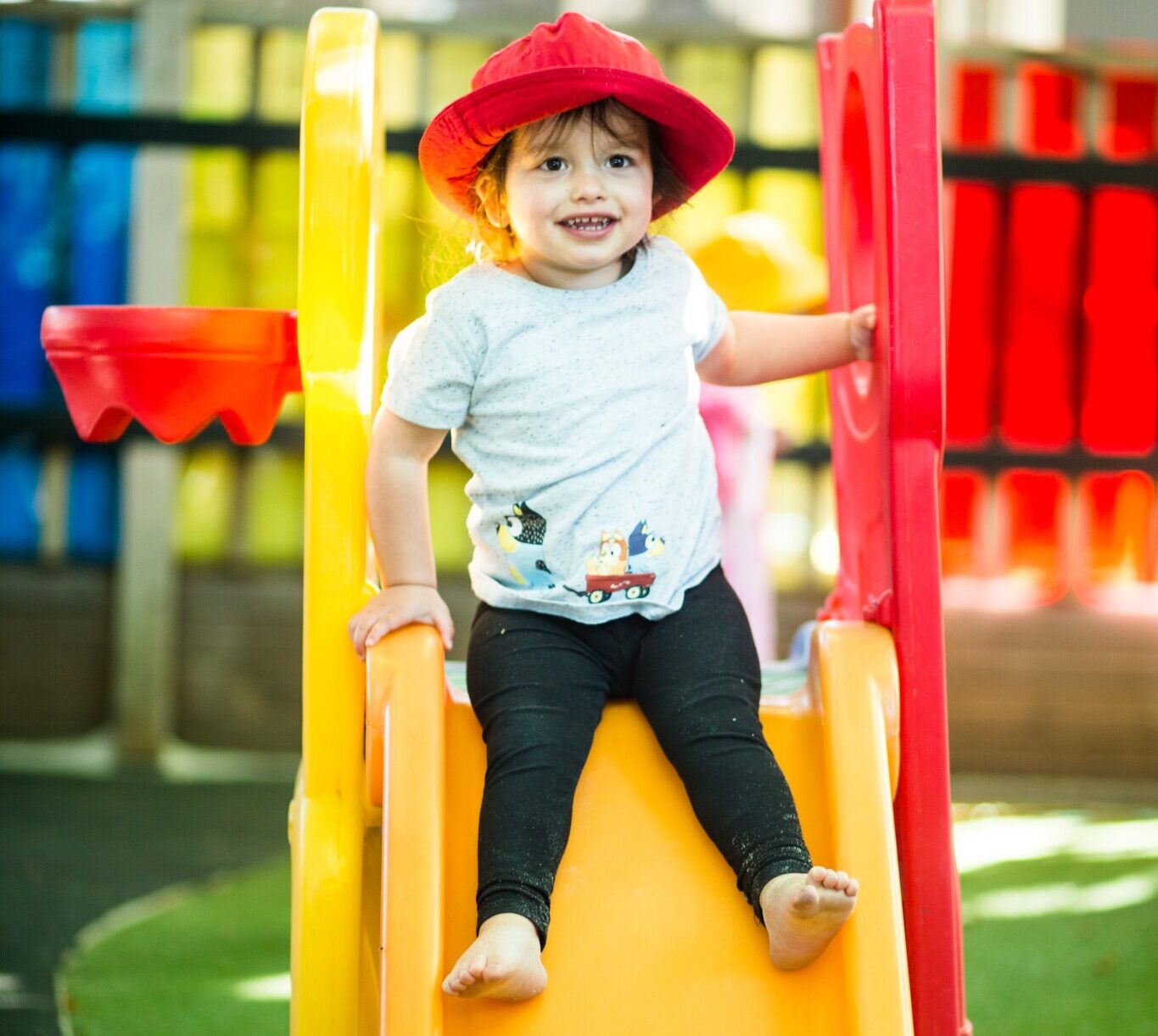
04 Dec The Benefits of Being Barefoot by Charlene Orwin, Head of ELC
Our feet are one of the most nerve-rich parts of our body, so when covered with shoes, we are in fact restricting important messages from the environment to being sent to our brain, which in turn could negatively impact one’s brain development.
From the very start of life, we use our sensory systems to liaise between the environment and our brains and this supports the development of our neural pathways.
Other than the 5 well-known senses i.e. touch, taste, sight, hearing and smell, there are 2 other less spoken about sensory systems. This being the Proprioceptive system and the Vestibular system.
Our Proprioceptive system allows us the ability to perceive the motion and the position of our body in space. On the other hand, our Vestibular system is responsible for our body’s balance and co-ordination.
The development of these two systems relies largely on the stimuli we receive through bare-feet – especially during infancy and childhood – as explained by Dr. Kacie Flegal in an article written for Natural Child Magazine. “When activated by pressure and movement, nerve endings in the feet called proprioceptors send signals to the brain telling it how the body is orientated”, she says.
Daniel Howell, author of “The Barefoot Book”, stresses that the information we gain from these above-mentioned proprioceptors “is used to protect the foot itself from injury, but it’s also used by the brain to make subtle adjustments in your gait to protect bones and joints and to maximize the efficiency of your movements”.
As parents, we often put shoes on our young children from the time they start walking. This in fact limit’s the movement of our new walkers and can have a negative impact on their balance and co-ordination as their little muscles and joints in the feet cannot adjust to the challenging terrain. By allowing our children to run shoe-free on a variety of natural surfaces such as grass, dirt, sand and wet surfaces as often as possible, we are actually creating a greater platform for the development of emotional control, problem solving, language development, social skills and of course self – assurance.
Children become more adept at using their feet when they are allowed to roam barefoot. When allowed to go free, the feet can become sensitive instruments and tools. Otherwise, they become the forgotten appendage forever bound within a shoe.
According to author Rae Pica, an education consultant specializing in the development and education of the whole child and children’s physical activity, being barefoot benefits everyone. Pica has found scientific evidence that proves that being barefoot is better. She states that all of the concerns about germs and injury are valid, but that our skin is “designed to keep pathogens out. We’re much more likely to become ill from touching something with our hands.” and “being barefoot actually toughens up the bottom of the feet, so unless children are walking through a construction site full of nails, the likelihood that they’ll injure themselves is slim.”
Some research even suggests that walking barefoot can lower toxic stress, regulate stress responses, boost immunity, decrease the risk of heart disease, regulate the nervous system, lower the risk of diabetes and even improve your skin. Many of these benefits add years of life to you and your family.
All in all, allow your children to be barefooted when they run out to play – don’t fret! Get out there with them and feel the sand between your toes. 😉



